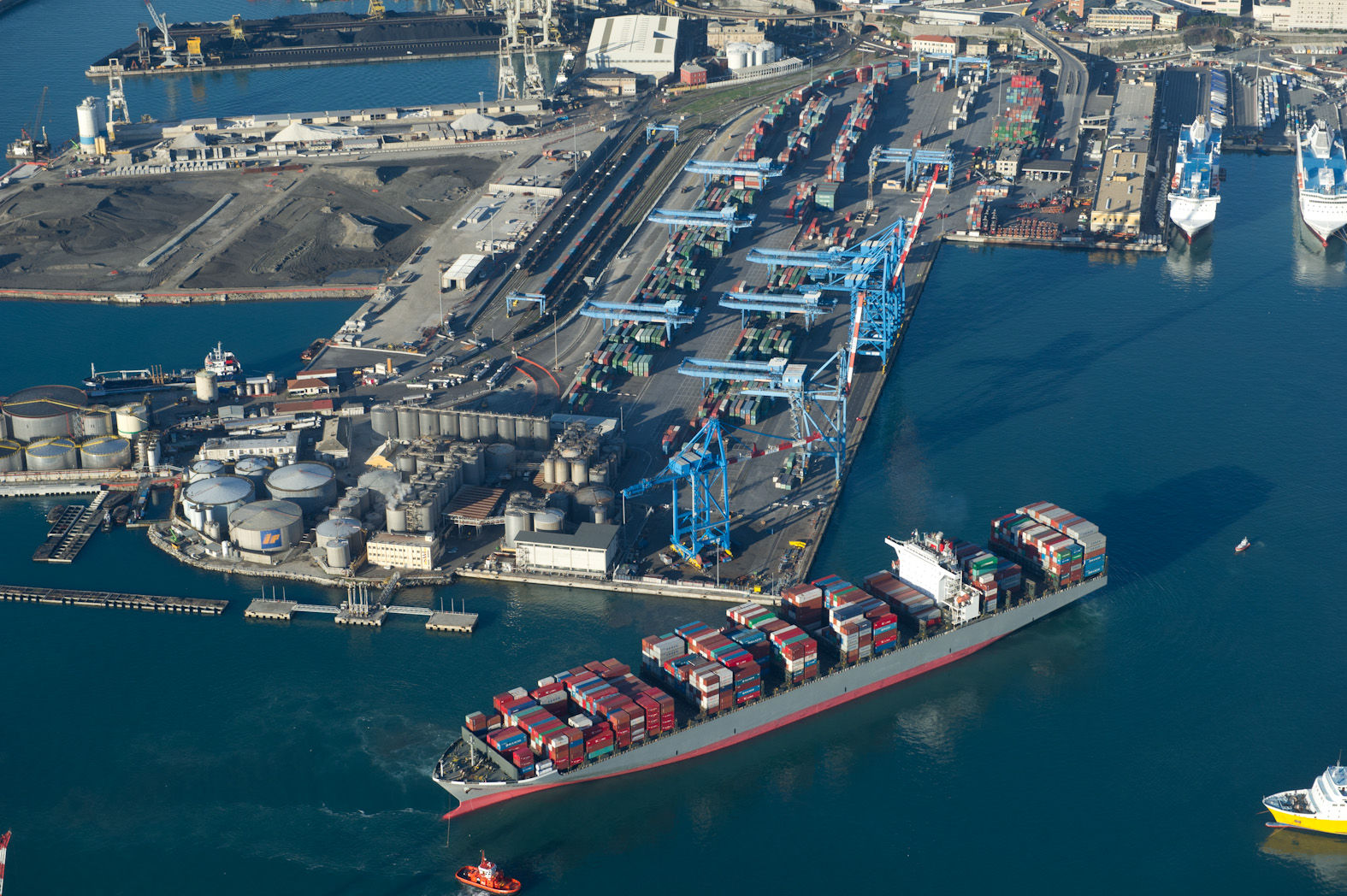The Arrival of the Large Ships
How is the mooring capability of a large ship assessed?
Each port has its characteristics, shaped by its history.
Exposure to prevailing winds and the sea, the influence of any rivers and currents on the depth of the seabed, the spaces for storing goods, the strategic position and much more are factors that condition growth, changes and establish the limits of development.
Over time, the parameters of the individual gears of the “port system” have changed, and the proportion of available turning spaces gives the most evident difference between the old and new basins. The constant rush to steal land from the sea to obtain longer docks and larger squares have restricted a space that is, in many cases, already insufficient.
The truth is that the economic equilibrium and strategies on a global level impose the laws of the market, “forcing” costly adjustments, without which there is a risk of being cut off from the “big traffic”. Unfortunately, the time required is not that of the bureaucracy, and it is not sufficient even to complete approved works. In practice, we always manage to be consistent with our chronic delay.
Hence the need to manage the long transition phases, waiting for a further revolution in strategies or the adaptation of infrastructures.
In recent years, in particular, the constant advance of the so-called “naval gigantism” has had to be faced. A situation that has forced the awareness of a problem to be managed using analytical procedures.
To introduce new traffic, one must first conduct an in-depth study of the risks related to the environment in which one has to operate. This takes place with a confrontation between the Maritime Authority, which presides over and leads the working table, and the nautical-technical services, which expose, each for their sector, the risks and complications, proposing possible solutions. It is the first step that obtains. As a result, a rough idea of the feasibility of the object of study.
Once you have given an approximate form to the unknown that you want to manage, you get to the heart by moving on to the analysis of the characteristics relating to the new type of ships involved in the port.
Here is a practical example, which saw us engaged in the study of the possibility of mooring container carriers 370 meters long.
From the ship’s particulars, it appeared that on many ships of that series, the propeller of the main engine had been modified; by adapting the shape of the blades and optimizing them for forwarding travel, the yield increased, and consumption significantly decreased. In other words: a lot of saved money!
The downside, unfortunately, was to be found in the performance of the reverse gear: the most penalized guaranteed a measly 20% of power compared to the forward. Going into detail meant that some of these container carriers reached a speed of 11 knots with the Dead Slow Ahead. Imagine, with the low astern power they could deliver, how difficult it was to stop them without considerable space.
But the information on paper could not be sufficient, so, with all the theoretical data, we went to Hamburg to try the manoeuvre of one of the ships under examination.
After that experience, the picture was sufficiently complete to allow us to move on to the next phase: studying a strategy that will safely enable the manoeuvre. Several meetings, chaired by the Maritime Authority, led to shared decisions.
The time came for the simulations, which, on that occasion, took place at Force Technology in Denmark. We tried manoeuvres in ordinary, extraordinary and emergencies, which allowed us to establish the general parameters and meteorological limits we would apply during practical experimentation.
Finally, the first of these ships climbed the port of Genoa. The weather conditions were excellent, and the study of the operating procedure had foreseen each manoeuvring phase— even the possibility of moving to “plan B” in an emergency. At the end of each practical experiment, a meeting followed to refine the procedures and possibly modify the limits. The whole process took about two years. After an adequate number of manoeuvres, the 370-meter ships were cleared as ordinary, in any case, subject to wind and wave limits and bound to the use of a certain number of tugs. The entire process lasted about two years.
Visit the blog at www.standbyengine.it/en


